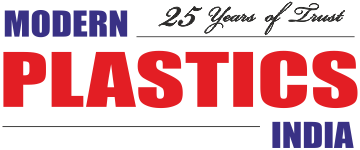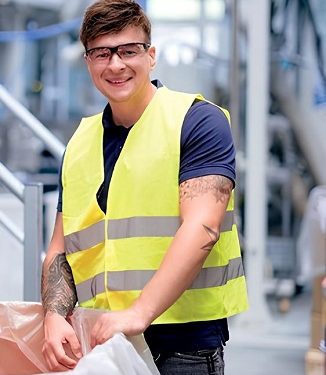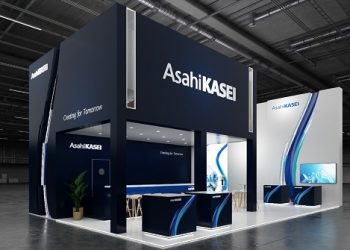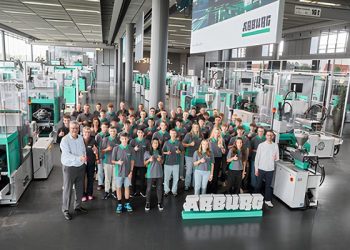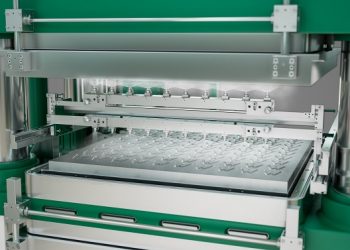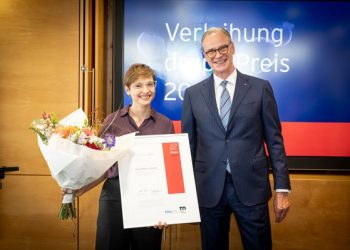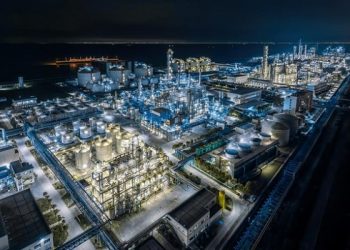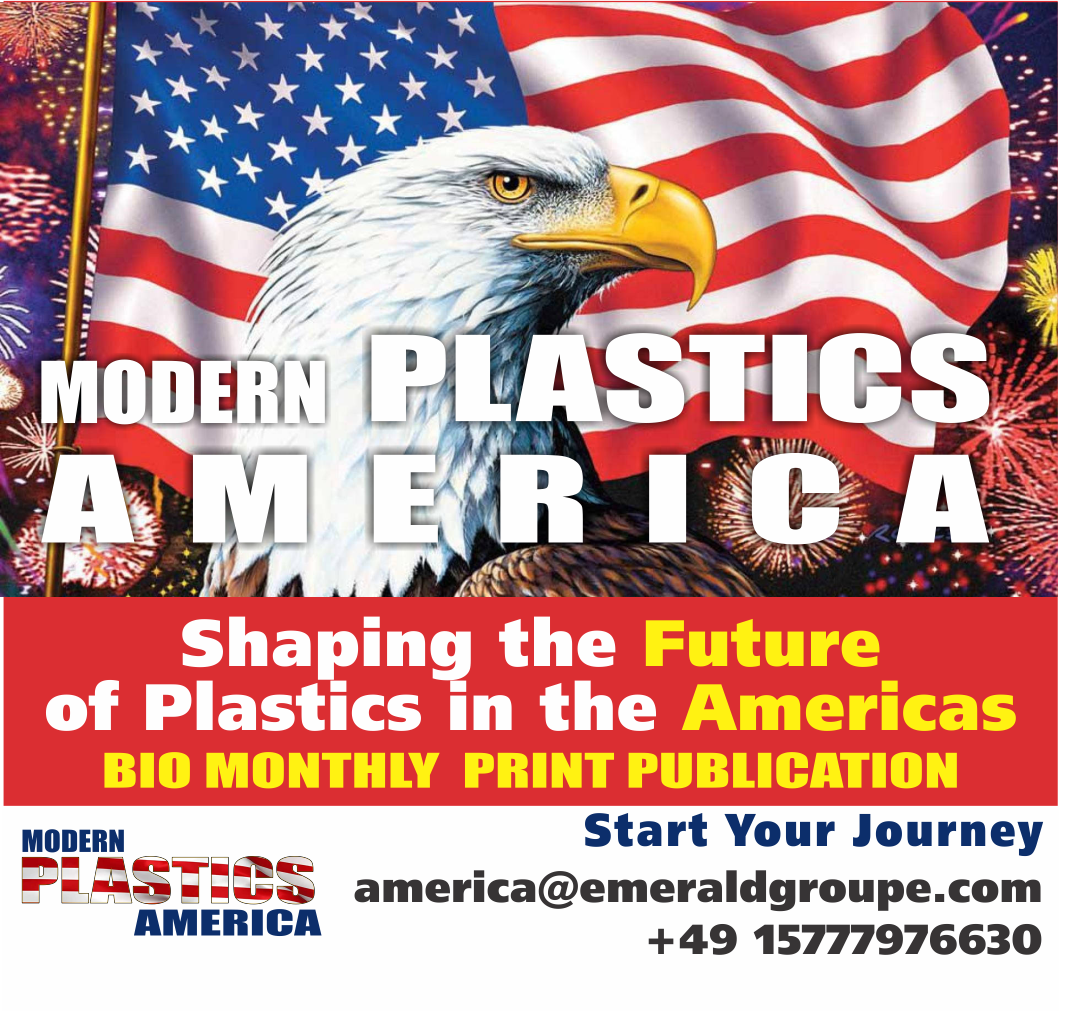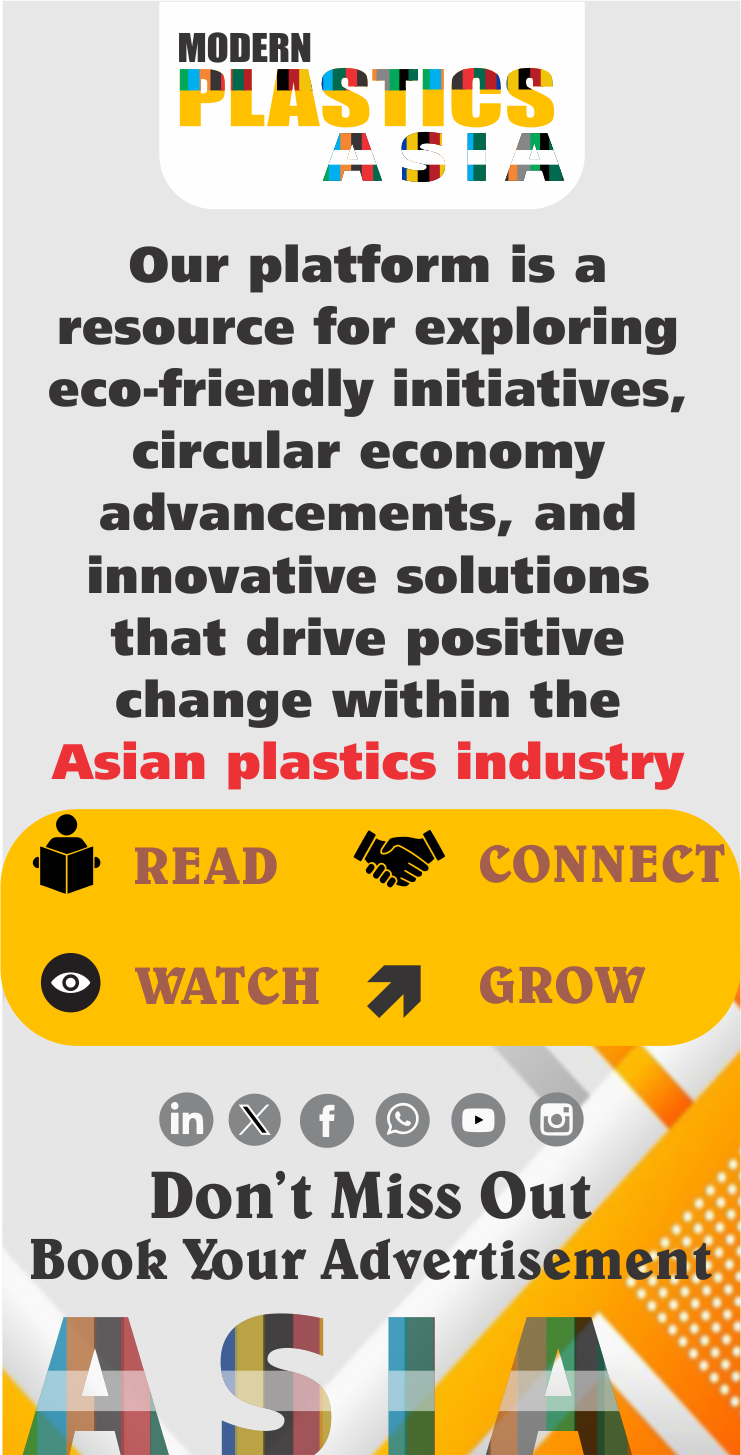Efficient Plastics Production Sustainability and Digitalization go Hand in Hand
Future-oriented plastics firms must boost production, quality, and efficiency while operating responsibly, supporting the circular economy, and providing desirable employment opportunities. How are they able to achieve that? The collaboration between Hexpol TPE and the process technology provider, MAAG, is an example of how engaging with other specialists is the most effective method.
From the yellow bag into a dash- board: thanks to high-quality plastics recycling, this circular economy is no longer a pipe dream. But creating compounds with proper- ties that meet the high expectations of companies in the automotive sec- tor and other demanding industries calls for high level of process engineering expertise. Anybody looking for this expertise will find it at Hex-pol TPE in Lichtenfels. The company manufactures thermoplastic elastomers, soft PVCs, TPE compounds with TPS, TPO, TPV, and TPU, additives and masterbatches. Across the entire portfolio, great importance is attached to high-performance compounds with top quality and, increasingly, with a growing proportion of PIR and PCR plastics. Particularly challenging in this context is the processing of contaminated and heterogeneous postconsumer recycled materials (PCR) – i.e. the materials collected by the dual systems.

The challenge of higher quality
Hexpol TPE is on the right route, as evidenced by the growing demand. The business has acquired a number of new machineries in recent years to meet the rising standards for quality. The firm has depended more and more on MAAG’s Pearlo machine series for pelletizing systems. With throughputs of up to 42,000 kilos per hour, the underwater pelletizing system promises profitable production of a variety of polymers and thermoplastics. In 2017, Hexpol TPE made the decision to purchase its first pelletizing system from the Pearlo series. A number of additional pelletizing systems were added to the machine park in the next years.
The latest investment, a Pearlo 160, was added in 2023 and is impressing in production just as expected: The machine is suspended above the production line. In this top-mounted configuration, the floor under all the components remains free and accessible because the machine is suspended from an overhead rail system. Quick-disconnect-adapters involve just one bolt, whereas previously twelve had to be loosened and then fitted again. “This offers immense time savings during assembly and cleaning of the system that can now be done much faster,” reports Dominik Fehn, Process Engineering Manager at Hexpol TPE in Lichtenfels. Much less effort is required when a machine weighing 400 kilograms is suspended from the ceiling and can be moved with one hand rather than being pushed on wheels.
As Hexpol TPE attaches great importance to reducing the workload on its employees, this system is a perfect addition to make life even easier for the workforce. MAAG offers two-axis machines that can be moved in two directions. This means production staff can clean and set up faster, and components do not have to be readjusted. “This is a huge and important reduction in workload, allows quick and stress-free retooling and saves unnecessary energy,” emphasizes Fehn.
The new Pearlo has been proving its worth in Lichtenfels ever since. “We decided to take this step in order to increase production efficiency while reducing the workload,” explains Fehn.

Automation for greater efficiency
All the same, high quality alone is not enough to stay competitive on the international stage – the efficiency also has to be right. In order to enable Hexpol TPE to increase quality, efficiency, and sustainability in equal measure, the company launched its “Zero Waste” project in 2024. The goal: To significantly reduce waste from production, increase the efficiency of all processes, and automate the processes wherever possible.
Dominik Fehn also discussed this with well-established partners of the company – and found MAAG to have comprehensive consulting expertise: “I was really surprised by the wide range of workshops and training courses that MAAG offers on these topics,” says Fehn.
Workshop highlights potential
In a multi-day workshop on site in Lichtenfels tailored to the defined goals, MAAG provided support in identifying optimization potentials in all areas of production: machines and production planning, personnel and teamwork, as well as training courses. The targeted workshop was split into different process steps, in which employees from the individual groups at the site were interviewed and involved in group work. First, open questions were used to identify the general potentials specific to the company; the results were then grouped and prioritized, and areas for optimization were identified. Once the ice had been broken, any potential for improving the machines was identified and the resulting measures were prioritized.

Cause-and-effects analysis
The subsequent cause-and-effects analysis characterized the results and put them into a structure. The work results obtained here were grouped, summarized according to lean principles, and the resulting tasks were prioritized. Finally, all arguments for solutions were identified and classified according to the following criteria: feasibility and impact, difficulty of implementation, implementation costs, and determination of the implementation priorities. After identifying the “take a closer look” arguments, including a definition of the options to be considered, the “don’ts” were of course also derived.
The results of the workshop: Factors directly related to the machine – such as the selection of die plates and knife heads, the use of optimized/ predefined process settings, or the planning of maintenance intervals – can contribute to optimization. Much greater potential was identified, however, in factors such as the better utilization of talent within the company, more teamwork, the avoidance of waiting times and excessive processing, or simply reducing over-production. The path to achieving this lies in greater data availability and transparency in order to enable the necessary steps to be identified. Whether through automation or process optimization, Hexpol TPE expects digitalization to result in higher efficiency and better working conditions in all areas. “We will be investing in this further development over the next few years,” says Dominik Fehn.
#maag #Modernplasticsindia #Pasticsnews #ModernPlasticsIndiaMagazine
#PrintPublication #PrintMagazine #DigitalPlastics
